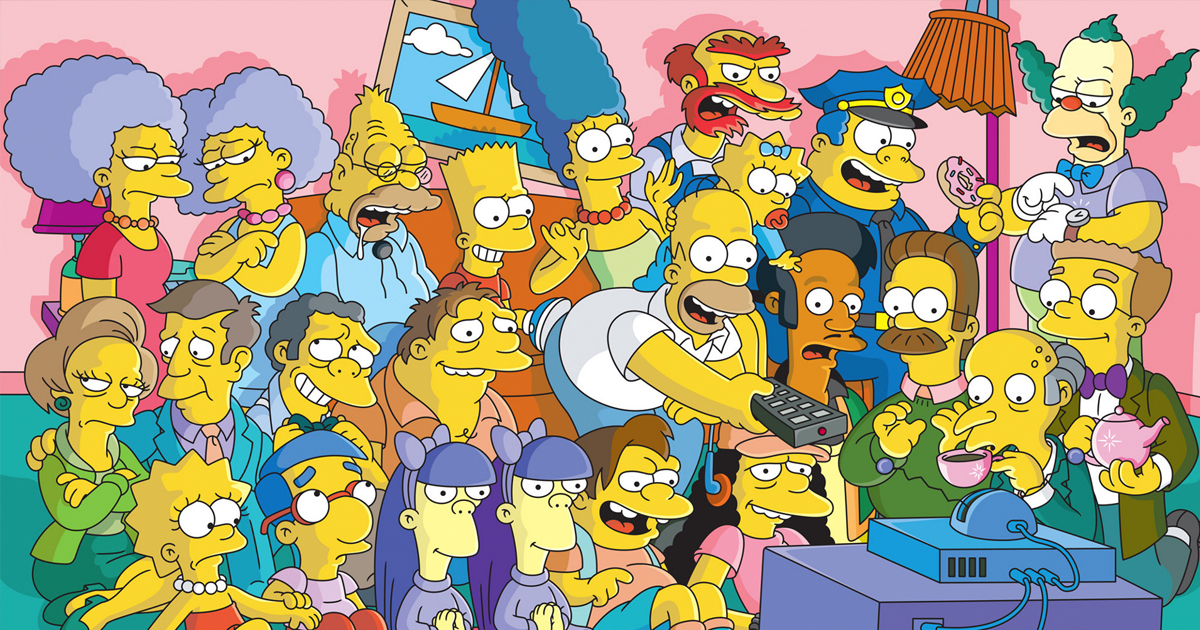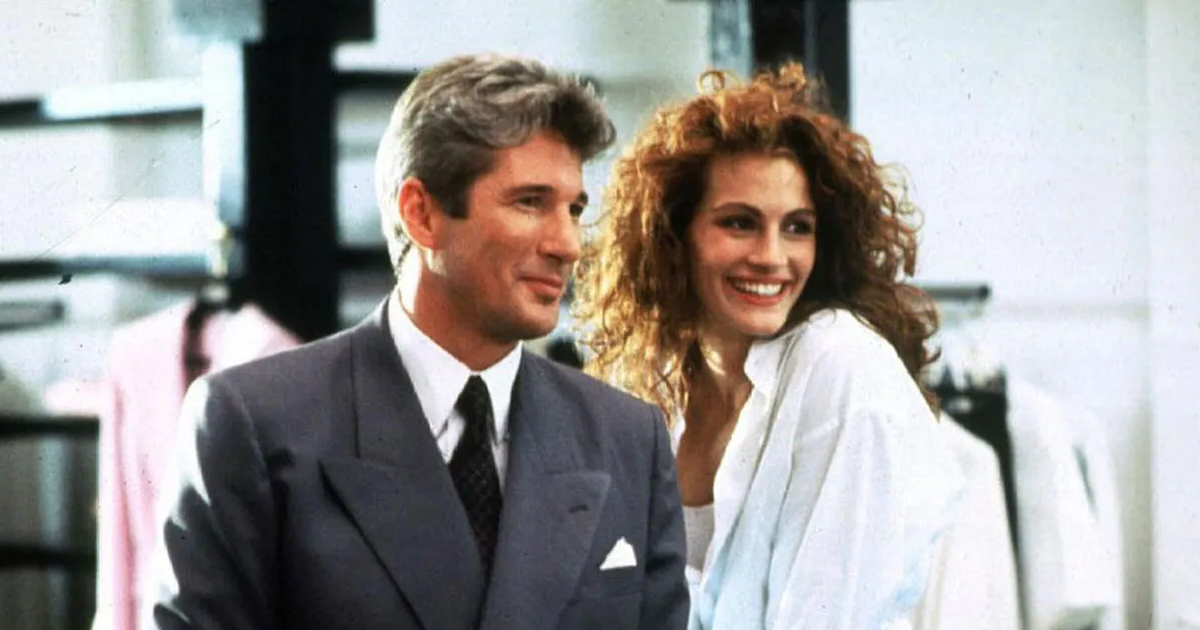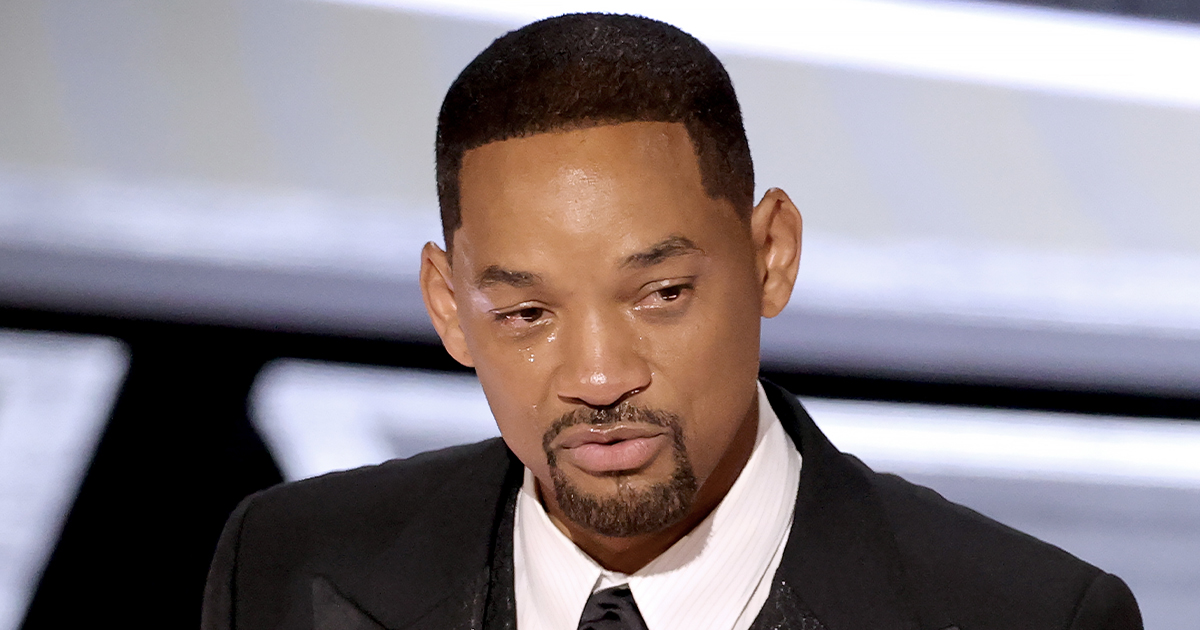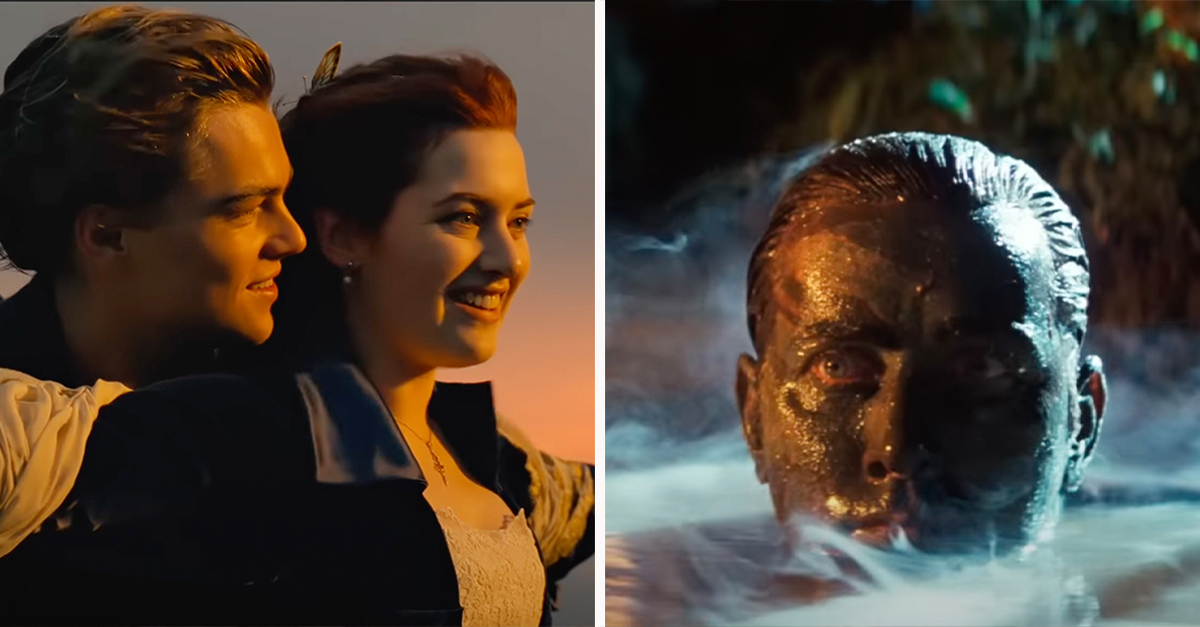A Difference In Perspective
The Rotten Tomatoes review aggregator website shows that critics and audiences can view the same film in drastically different ways. While critics stress the importance of narrative coherency, camera work, and thematic depth, audiences often put more value on emotional engagement, nostalgia, or pure excitement whether or not the film makes sense at all. The following 20 films exemplify how expectations shape perception in dramatic ways.

A Minecraft Movie (2025)
The Minecraft Movie (2025) has polarized reviewers and fans. Critics rate it around 45–50%, calling it thin on narrative and rich on brand merchandizing. Audiences and the game’s fans understandably scored it higher, up at around 70%. These viewers enjoyed the film’s imaginative visuals and playful tone. Nostalgia and familiarity outweighed clinical dissection.
 Warner Bros., Minecraft (2025)
Warner Bros., Minecraft (2025)
Black Bag (2025)
Steven Soderbergh’s Black Bag got a rare 97% Tomatometer for clever sharp-tongued dialogue, stylish direction, and standout chemistry between Michael Fassbender and Cate Blanchett. Audiences were less generous, giving it about 70%. Viewers appreciated the craft that went into it, but found the film was maybe a little too clever for what was supposed to be a mainstream espionage thriller. Critics value nuance; audiences wanted less talk and more action.
 Focus Features, Black Bag (2025)
Focus Features, Black Bag (2025)
Love Hurts (2025)
On release, critics gave Love Hurts roughly 55–60%, complaining about its predictable romantic beats. Audiences rated it closer to 80%, won over by heartfelt performances and emotional relatability. The gap again highlights how sentiment can outweigh originality for viewers who connect on an emotional level, even if critics remain unresponsive.
 Warner Bros., Love Hurts (2025)
Warner Bros., Love Hurts (2025)
Snow White (2025)
Disney’s Snow White performed similarly. Critics (~60%) pointed out the pacing and narrative changes. Audiences (~85%) warmed to the nostalgia, costumes, and leads. Fans' emotional ties to the fairy tale certainly ratcheted their ratings upward, while critics measured it on its own storytelling merits.
 Walt Disney Pictures, Snow White (2025)
Walt Disney Pictures, Snow White (2025)
The Amateur (2025)
Critics were unimpressed with The Amateur giving it around 50% for its formulaic approach. Audiences scored it closer to 75%, thanks to its tension and engaging performances. Genre enthusiasts again chose thrills over innovation, accepting a standard formula as long as it delivered excitement.
 20th Century Studios, The Amateur (2025)
20th Century Studios, The Amateur (2025)
Gotti (2018)
Gotti holds a notorious 0% Tomatometer, with critics hammering the film for its writing, directing, and narrative incoherence. Audiences, however, rated it 71–76%, perhaps influenced by star power or the film’s marketing campaign. The wide gulf in response prompted speculation that some audience reviews were manufactured.
 Vertical Entertainment, Gotti (2018)
Vertical Entertainment, Gotti (2018)
Saw (2004)
Saw opened with a 50% critic score. Scribes simply viewed Saw as too violent and nihilistic to be considered a significant film. Audiences gave it 84%, enthralled by its twisting plotline and raw horror. The movie has gone from mixed release to cult favorite, a great example of how viewer reappraisal can overcome early carping by critics.
Venom (2018)
Critics panned Sony’s Venom with just 31%, faulting it for its incoherent tone and putting far too much emphasis on the origin story. Audiences gave it 80%, enjoying Tom Hardy’s performance and perfect comic-book energy. The gap showed once again fans' willingness to look past gaping plot holes in favor of basic action and chaotic unpredictability.
 Sony Pictures Releasing, Venom (2018)
Sony Pictures Releasing, Venom (2018)
Man on Fire (2004)
This Tony Scott thriller was slapped with a 39% by critics, punishing the film’s brutality and poor pacing. But audiences came through with 89%, praising Denzel Washington’s intensity and satisfying revenge arc. While critics griped about the film’s excesses; audiences embraced it as powerful and memorable.
 20th Century Fox, Man on Fire (2004)
20th Century Fox, Man on Fire (2004)
Hocus Pocus (1993)
When released, critics gave Hocus Pocus 41%, calling out its mediocrity despite good casting. Audiences gave it 72%, and it has since become a Halloween classic that summons nostalgia, memorable lines, and cult affection year after year.
 Walt Disney Pictures, Hocus Pocus (1993)
Walt Disney Pictures, Hocus Pocus (1993)
Venom: Let There Be Carnage (2021)
This sequel got 58% from critics for its deadpan one-liners. But while critics rolled their eyes, audiences came to the rescue with an 83% rating. Fans enjoyed its offbeat tone and Tom Hardy’s playful performance, a charm that was lost on hobnobbing critics.
 Sony Pictures Releasing, Venom: Let There Be Carnage (2021)
Sony Pictures Releasing, Venom: Let There Be Carnage (2021)
House Of 1000 Corpses (2003)
Rob Zombie’s over-the-top debut got only 21% from critics, who denounced the film as a gory, structureless mess. But audiences rated it 65%, celebrating its unique horror stylings. It has since become a cult favorite among horror fans, defying mainstream critical standards.
 Lionsgate, House Of 1000 Corpses (2003)
Lionsgate, House Of 1000 Corpses (2003)
Phantom Of The Opera (2004)
Critics gave this adaptation a drubbing of 32%, noting its heavy-handed style and less-than-perfect casting decisions. Fans weighed in with an 84% audience score. Their love for the musical legacy far outweighed the film’s serious cinematic flaws.
 Warner Bros., Phantom Of The Opera (2004)
Warner Bros., Phantom Of The Opera (2004)
Stigmata (1999)
With only 22% from critics, Stigmata was dismissed for its weak story and poor acting performances. But audiences were drawn to the film’s religious shock elements and Patricia Arquette’s performance. The thrill value won out over narrative logic here as the film received a 63% audience score.
 MGM Distribution Co., Stigmata (1999)
MGM Distribution Co., Stigmata (1999)
Repo! The Genetic Opera (2008)
Critics scored it around 35%, put off by its jarring tone. Audience scores hovered around 72%, borne aloft by a cult following that adored its wacky rock-opera style and theatricality.
 Lionsgate, Repo! The Genetic Opera (2008)
Lionsgate, Repo! The Genetic Opera (2008)
Underworld (2003)
Critics denounced Underworld as style over substance filmmaking with a 25% Rotten Tomatoes score. Audiences responded with 65%, fascinated by the film’s gothic visuals, action, and general vampire-werewolf aesthetic.
 Screen Gems, Underworld (2003)
Screen Gems, Underworld (2003)
Resident Evil (2002)
Resident Evil’s weak plot and formulaic story were juicy targets for most critics, who gave the film a score of 22%. The audience rating landed up in the mid‑50s. Fans appreciated the faithful adaptation and action, building a franchise in the face of the welter of poor reviews.
 Sony Pictures Releasing, Resident Evil (2002)
Sony Pictures Releasing, Resident Evil (2002)
Bohemian Rhapsody (2018)
Critics offered faint praise at 60% for the Freddy Mercury biopic. Audiences rated it 85% in their enjoyment of Queen’s music and Rami Malek’s portrayal. Raw emotion again won out in the viewer response.
 20th Century Fox, Bohemian Rhapsody (2018)
20th Century Fox, Bohemian Rhapsody (2018)
The Greatest Showman (2017)
With 56% from critics for excessive sentimentality and playing loose with the facts, this movie musical on the life of PT Barnum got a rousing 86% from audiences. The showmanship, songs and inspiring message were more than enough to entertain most viewers.
 20th Century Fox, The Greatest Showman (2017)
20th Century Fox, The Greatest Showman (2017)
Ad Astra (2019)
This film about an astronaut’s (Brad Pitt) quest to find his father in the outer reaches of the Solar System was a critical favorite at 83%. Audiences were not as impressed, giving the space saga only 40% due to the slow pace and melancholy feel of the film.
 20th Century Fox, Ad Astra (2019)
20th Century Fox, Ad Astra (2019)
Always Judge For Yourself
These are only some of the films that prove Rotten Tomatoes scores don’t always tell the full story, but are only to be used as a rough guide. Whether it’s a matter of nostalgia, passion for a certain genre, emotional chords struck, or star power, audiences and critics are often sharply divided about whether a film is any good. But it’s the gaps that can shine a light on why people love movies the way they do.
 20th Century Fox, Bohemian Rhapsody (2018)
20th Century Fox, Bohemian Rhapsody (2018)
You May Also Like:
Movies That Got 100% On Rotten Tomatoes
22 Movies With Lower Ratings On Rotten Tomatoes Than They Deserved








